When your dog refuses their food bowl, it can trigger significant concern for any pet parent. Many dogs who previously enjoyed mealtime enthusiastically may suddenly show reluctance to eat from their food bowl, leaving owners puzzled and worried. Understanding this behavioral shift requires careful observation and consideration of various factors that might influence your pet’s eating habits.
Environmental Changes and Their Impact
Recent modifications in your household environment can significantly impact your dog’s eating behavior. Dogs are creatures of habit, and even subtle changes can affect their comfort level during mealtimes. Consider whether you’ve recently relocated their feeding area, introduced new pets, or modified your daily routine. Environmental stressors like construction noise, visitors, or even rearranged furniture can make dogs feel unsettled during meals.
The presence of other pets during feeding time might create competition anxiety, causing your dog to develop negative associations with their food bowl. Some dogs may feel vulnerable while eating, especially if their bowl is placed in a high-traffic area or near loud appliances. Creating a quiet, consistent feeding space can help restore their confidence and natural eating patterns.
Medical Considerations and Physical Discomfort
A sudden refusal to eat from the bowl might indicate underlying health issues that require veterinary attention. Dental problems, such as loose teeth, gum disease, or oral infections, can make eating from a bowl uncomfortable. Neck or back pain might make bending down to reach the bowl challenging, particularly for older dogs or those with arthritis.
Gastrointestinal issues, including acid reflux or digestive disorders, could also contribute to food bowl aversion. Some dogs may associate their bowl with previous episodes of nausea or discomfort, leading to learned food bowl avoidance. If your dog shows other symptoms like lethargy, vomiting, or changes in bathroom habits alongside their feeding issues, consulting a veterinarian becomes crucial for proper diagnosis and treatment.
Bowl-Related Factors to Consider
The physical characteristics of the food bowl itself might be contributing to your dog’s reluctance to eat. Metal bowls can create reflections or make noise that startles some dogs, while deep or narrow bowls might irritate sensitive whiskers. Some dogs develop preferences for specific bowl materials or shapes based on their comfort level and previous experiences.
Cleanliness is another crucial factor, as residual soap taste or odors from washing might deter your pet. Consider switching to a different bowl type or trying elevated feeders to see if these changes improve your dog’s eating behavior. Some dogs prefer wider, shallower dishes that allow them to maintain better visibility of their surroundings while eating.
Key Takeaways:
- Monitor recent environmental changes that might affect feeding behavior
- Rule out medical issues through veterinary consultation
- Evaluate bowl placement and feeding area setup
- Consider alternative bowl types and materials
- Maintain consistent feeding schedules and locations
- Create a calm, stress-free eating environment
Frequently Asked Questions
Q: How long should I wait before consulting a vet if my dog refuses their food bowl?
A: If your dog’s food bowl aversion persists for more than 24-48 hours, or if they show additional symptoms like lethargy or vomiting, contact your veterinarian immediately. Prolonged food refusal can lead to serious health issues.
Q: Can changing my dog’s food bowl location help resolve the issue?
A: Yes, relocating the food bowl to a quieter, less trafficked area often helps. Dogs prefer eating in calm environments where they feel secure and can observe their surroundings without feeling threatened.
Q: Should I try hand-feeding if my dog won’t eat from the bowl?
A: While temporary hand-feeding can help identify if the issue is bowl-specific, it shouldn’t become a long-term solution. Instead, focus on addressing the underlying cause of bowl aversion while maintaining normal feeding routines.
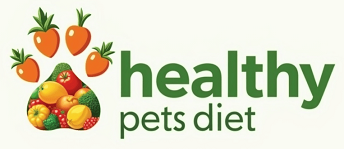
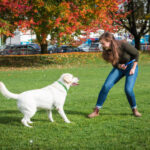






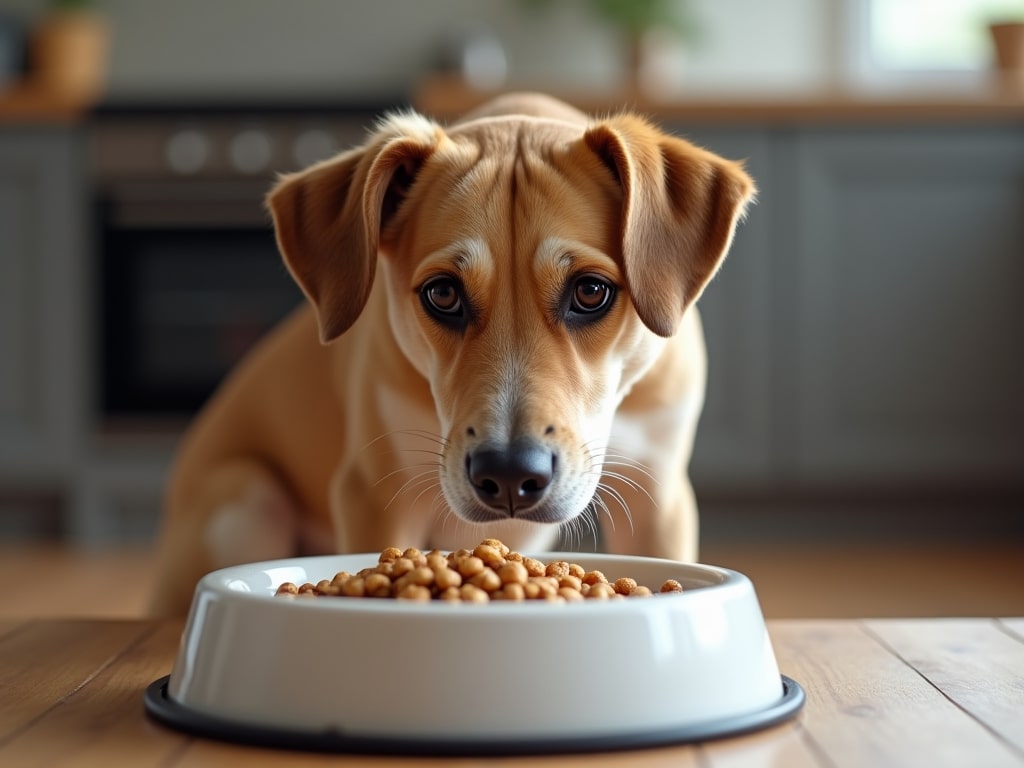
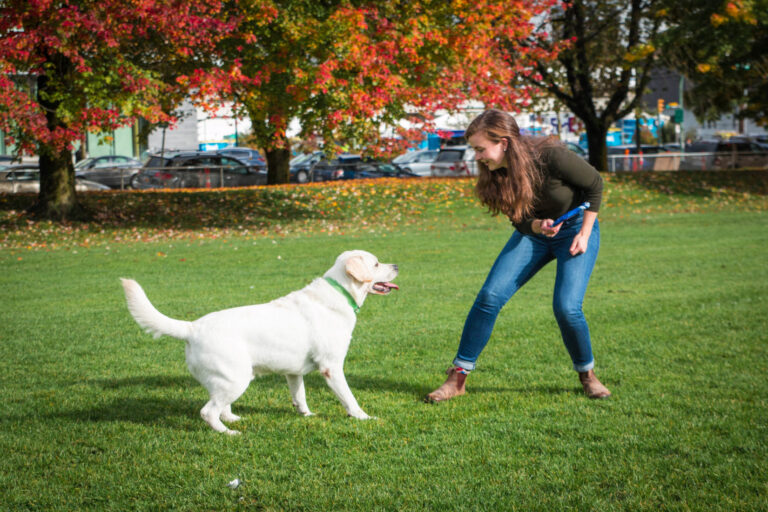
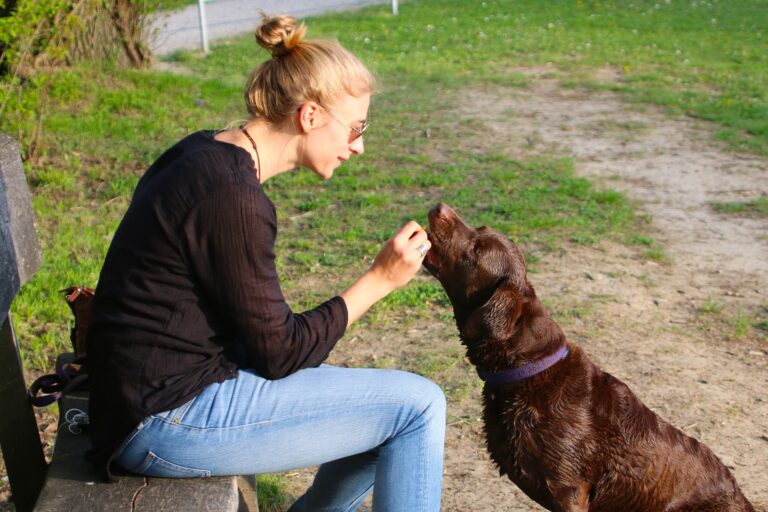
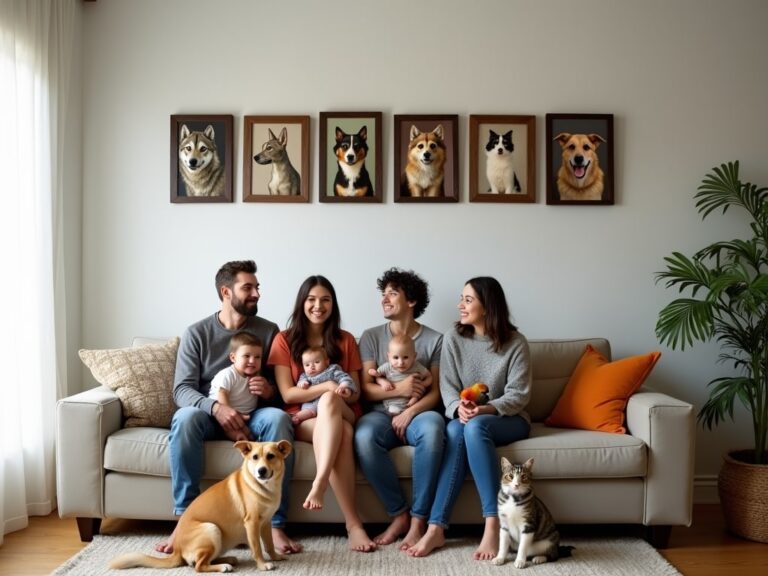





+ There are no comments
Add yours